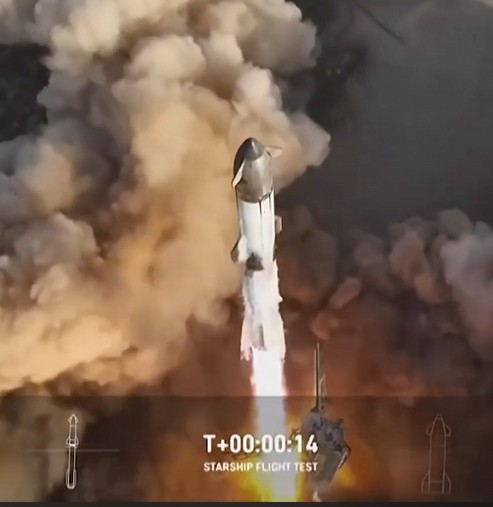Elon Musk’s SpaceX faced another major setback as its Starship 8 spacecraft exploded mid-flight and crashed back to Earth after losing contact with ground control. The launch, which took place on March 3 from Starbase in Texas, was SpaceX’s second attempt this year to deploy mock satellites. Initially, the mission appeared to be going smoothly, with the Super Heavy booster successfully igniting its 33 Raptor engines and reaching the planned separation stage. However, a catastrophic failure soon followed.
According to SpaceX, an “energetic event” occurred in the aft portion of the Starship, leading to the loss of several engines and ultimately causing the spacecraft to lose attitude control. Communication with the vehicle was lost approximately nine and a half minutes after liftoff, and shortly after, the spacecraft disintegrated. Videos posted online showed debris falling from the sky, with witnesses in the Bahamas reporting that they had to take cover as pieces rained down.
The failure briefly disrupted flights at Florida airports, including those in Miami and Orlando. SpaceX quickly coordinated with the FAA and air traffic control to manage the situation, assuring the public that any surviving debris would have fallen within the designated safety zone. The company also emphasized that the debris contained no toxic materials and posed no significant environmental threat.
If NASA had the failure rate SpaceX does, Elon Musk would be firing everyone and Congress would be demanding to know where the money is going. pic.twitter.com/FnRTNQCE6S
— ??????_???? (@SundaeDivine) March 7, 2025
Despite the explosion, SpaceX remains committed to improving the reliability of its Starship program. The company stated that every test provides valuable lessons and vowed to conduct a thorough investigation in coordination with the FAA. As Musk’s ambitious Mars program faces continued challenges, the latest failure highlights both the risks and the resilience required in pushing the boundaries of space exploration.




